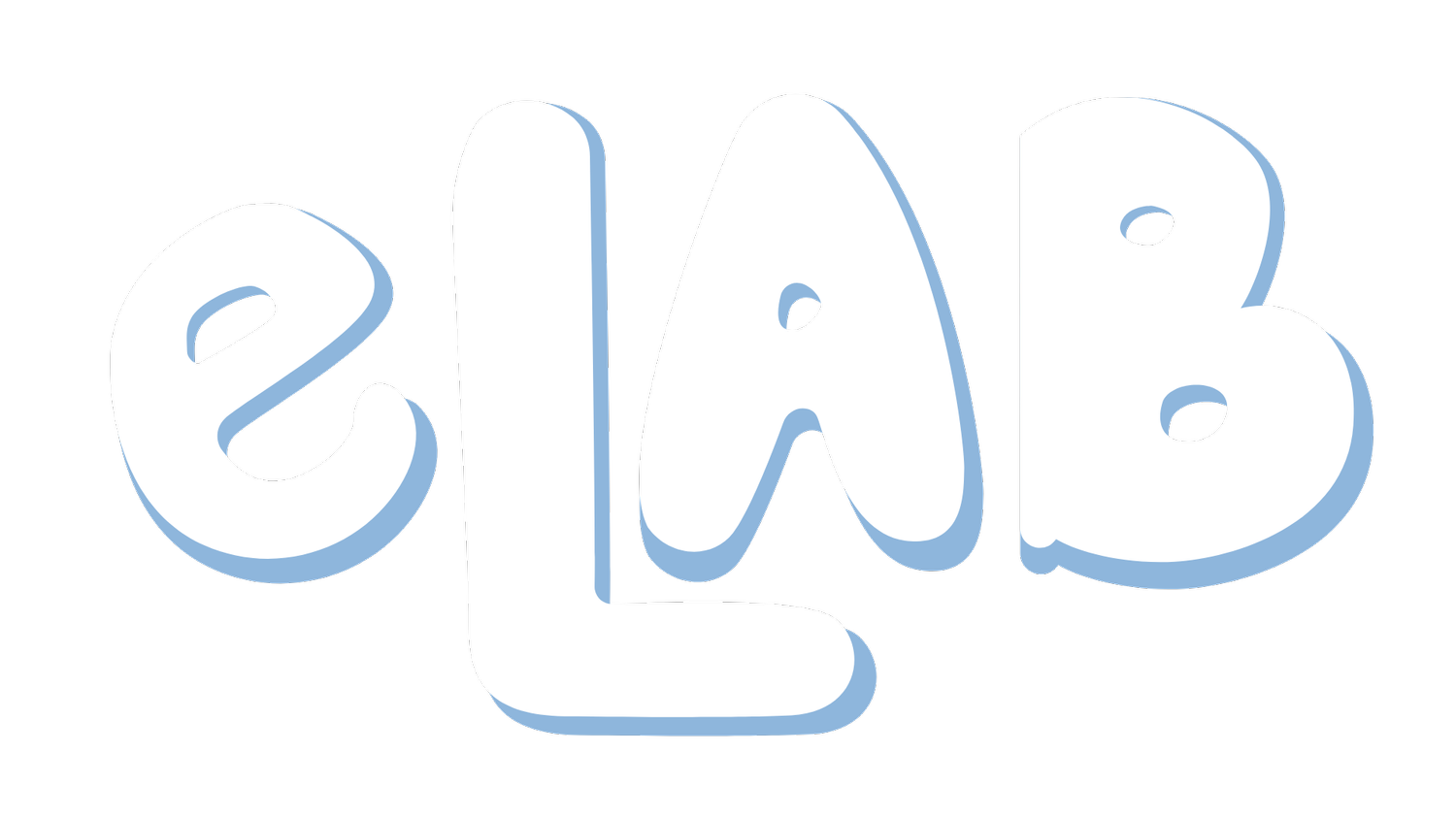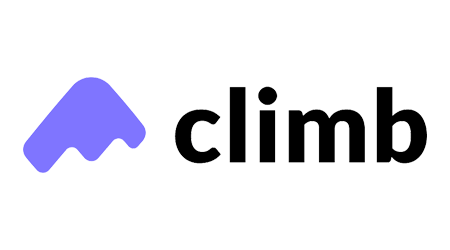
College Accessibility
& Learning Outcomes
Let’s start with a bit of good news: according to UNESCO, the global higher education enrollment rate almost doubled between 2000 and 2018, going from 19% to 38%. Tertiary education enrollment rates have been slowly, but steadily climbing for the past 50 years—today, roughly 40% of the world is able to enroll in some form of post-secondary education, according to the World Bank. Regions in Southeast Asia, Latin America, and the Caribbean, in particular, have experienced the highest level of growth over the past decade.
While this is cause for some optimism, the fact remains that education, let alone a post-secondary degree, is still inaccessible for the majority of the planet. Poverty, political instability, discrimination, and institutional barriers are chronic barriers for at least 60% of the planet to gain access to a university education.
Despite comparatively high rates of post-secondary enrollment in the United States, the price of a college education is still untenable for many families. Today, 77% of Americans think that college is unaffordable, and they have good reason to feel that way: the average student loan debt for recent college graduates in the US is nearly $30,000, and it takes the average student a whopping 20 years to pay off this debt. What is the innovation sector doing to improve the situation for students?In this Spotlight, we’ll identify key reasons why college accessibility remains such a difficult task, and outline some of the solutions that entrepreneurs are developing to tackle this massive challenge.
Prices are Steep, and Aid Isn’t Enough
1.7 million scholarships are awarded annually to college students in the United States, with the US Department of Education granting an estimated $46 billion in scholarship money annually. And while this sounds promising, it’s not nearly enough—only 7% of students will receive a scholarship, with less than 0.5% of students receiving a ‘full ride.’
Making matters worse, the fixed costs of college continue to increase, seemingly without end: sticker prices (including living costs) rose 41% between 2007 and 2017. Adjusted for inflation, this figure represents a 20% increase. Post-pandemic, many colleges reported a nearly 6% increase in tuition rates for Fall 2022. Though many students, particularly at private universities with large endowments, do not pay the full sticker price, the “need-based aid” that many students receive is still nowhere near enough to make their education affordable.The Value of a Degree is in Question
The number of undergraduates nationwide is now down 5.1% compared to two years ago, a loss of almost 1 million students. Ballooning tuition fees and living costs are scaring prospective students away from college campuses, with many wondering what these economic sacrifices will actually yield. Nearly a quarter of respondents to a national survey said they didn’t believe a 4 year college degree would be necessary for the career that they wanted.
While the demand for 4 years degrees seems to be in flux, non-traditional programs are on the rise: according to McKinsey, from 2011 to 2021, the number of learners reached by massive open online courses (MOOCs) increased from 300,000 to 220 million, with the pandemic rapidly accelerating the growth of remote and hybrid degrees by 92 percent. A separate survey also found that one-quarter of adults plan to enrollin a non-degree program in the next 6 months. As many students question the value of college, they are turning to other resources to get the skills that they need.Barriers to Access are Systemic
While the overall population of Americans with post-secondary degrees has been slowly increasing—up from 38% to 45% since 2008—the gap between the proportion of white Americans with degrees and Black, Hispanic, and Native Americans, with degrees has not narrowed during this same period of time. Why? Opportunity engenders opportunity, and for many low-income families of color, it is incredibly difficult to break into the college system. Even once in college, Black students are borrowing nearly double the amount that their white peers borrow on average; these same white classmates are also exponentially more likely to graduate. This education equity gap also overlaps with technology access. Black, Latinx, and rural respondents to a national survey were the most likely to say that access to a computer and/or to the internet would be a significant barrier in pursuing further education.
Meet the Entrepreneurs
Given some of the major issues that prospective, current, and former college students face, we sat down with a group of eLab entrepreneurs who are actively working to tackle these problems head-on at their respective companies. Here’s what they had to say about the college accessibility innovation landscape (interviews have been edited for clarity and brevity). This is who they are and why they do what they do:Ana Hernandez
Ana is Co-Founder & COO of InScribe, an innovative platform that helps institutions scale high quality academic support for their students. Why are you passionate about improving college education?
I’ve always been passionate about education. I started as a high school teacher, and eventually worked at a startup called eCollege based in Denver where I met my co-founders, Katy and Matt. One of the things we saw was that learning management systems are not great at connecting students. We built InScribe to fill that void and give students a place to connect in the digital world like they would in an on-campus environment.What are the biggest barriers to innovation in the higher education sector?
Schools are still functioning the same way as they were 60-100 years ago. Some places are working to improve how we teach students, but college still essentially looks the same as it did 30 years ago. Tech has changed so many things, but education has lagged. What role does technology play in addressing these challenges?
Covid made us understand isolation, and helped us see how technology can be a lifeline. We’re building safe spaces where students can connect within the confines of their institutions, allowing them to collaborate with their peers and helping get them connected to faculty and staff in a more scalable and supportable way. What does the future look like for higher education?
There’s been a lot said about automation, especially lately. That’s all really exciting, but I think the best outcomes happen if we retain the human element as we innovate. Success and connection come only when other people are part of the equation, whether that’s learning from the real experiences of our peers or instructors, or just feeling less alone while struggling through an assignment at 11:00 at night. Human connection will continue to play that vital role in engagement and retention. Kevin James
Kevin James is the founder and CEO of Better Future Forward, a nonprofit social enterprise founded to ensure that all students from low-income backgrounds have protective, aligned financial support to access to high-quality educational pathways to a prosperous and fulfilling life. Why are you passionate about improving college education?
It feels like we're going through a seismic shift in terms of the nature of [what it takes] to achieve a middle class life. Post-secondary education is [still] so essential in creating the opportunities that people want to have…you just need to figure out financing for it. What are the biggest barriers to innovation in the higher education sector?
We started with a framework for innovation 60 years ago, [which was that] the higher ed system is good, we just need to give students money to access it. Then we can push them out the door and say good luck. I think we need a framing change to say students need money, but this should [coincide with] asking what educational pathways are going to give students the support they need. What role does technology play in addressing these challenges?
We’re using human-centered design to build a better financial tool and identify high quality educational pathways—that’s where a lot of the innovation is in our work.What does the future look like for higher education?
I see more programs emerging that are trying to bring together links in the chain that students need.Casey Powers
Casey Powers is the CEO of Climb Credit, an education finance company that evaluates the return on investment of education programs and helps consumers find, evaluate, and finance these programs to increase their earning potential. Why are you passionate about improving college education?
My interest was born of a passion for lifelong learning. My background is in financial inclusion, and I think the use of financial products [can bring] about a better life. How can responsible finance lead people to upward mobility? I’m interested in the perfect meeting of those two passions. What are the biggest barriers to innovation in the higher education sector?
College accessibility shouldn’t be the only goal—it’s about learning accessibility. [College] shouldn’t be a one size fits all option; there should also be a broader awareness of other education options. What role does technology play in addressing these challenges?
Tech is at the center of our business, it supports our ability to make our business function in every respect. Tech is how we scale and provide a better customer experience for student learners and also for our schools. Data is the center of students' experience…[and it helps] how we decide who we lend to. What does the future look like for higher education?
I see employers being a bigger part of the [college] education system. The talent gap is the flip side of this education system problem. I see [the creation of more] direct hiring pipelines from the training programs that are shaping talent for the economy of the future. Felipe Vergara
Felipe Vergara is the Founder and Chief Executive Officer of Lumni, an innovative company that manages funds to finance students in exchange for a percentage of their future income. Why are you passionate about improving college education?
From a young age in Latin America, I could see that very few people had good resources. My initial thought was how to give more people access to higher education. If you could go to a certain school, you would have a statistically greater chance of [improving] your life. What are the biggest barriers to innovation in the higher education sector?
Speaking from the perspective of a founder, you need a long term vision, and you also need capital. The world economy is so connected today, [and] people with capital look for the [US] dollar as a safe place.What role does technology play in addressing these challenges?
When we began, everything [about our business] was super manual. [Incorporating] tech has been one of the most complex and necessary things for us. Ultimately, we have a good platform, but as a founder, you have to be super efficient. What does the future look like for higher education?
Look, to get a job in banking 30 or 40 years ago…you needed to be a man from a high income background. Things have been changing. I always see the glass half full—if you have a goal, when you have a vision and a dream, even if it’s a bit idealistic, it leads you for life. Michelle Cho
Michelle Cho is the CEO and Co-Founder of Gladeo, an inclusive, storytelling career navigation platform building a more inclusive and equitable future of work. Why are you passionate about improving college education?
Growing up as a child of immigrants, I was told to study hard, go to college and then I would be set for life. In my last year of college, I [thought] I had 3 choices: consulting, investment banking or law school. None of those interested me.I decided to move down to LA to work in Hollywood, [but] I had no idea where I fit in. I did over 100 informational interviews to figure out what career fit me best and find [someone] who would give me a shot. It was a tough process, so I wanted to make sure it would be easier for the next generation. I think career exploration should start as early as high school, and at the very least, college. College is hard, but when you have a goal, a direction, it makes things easier. What are the biggest barriers to innovation in the higher education sector?
The venture capital world can be hard to navigate. When we pitched Gladeo, traditional VCs hated the fact we were selling to public entities because it’s tough, but I don’t believe you can do true systems change work when you don’t work with community colleges. In the last year, we have sold to several public entities…impact investors are a solution if they are true impact investors. What role does technology play in addressing these challenges?
Data is an important application of technology in this sector. You can aggregate data. Since we have hundreds of thousands of users on our platform, [we ask ourselves] what is the intervention that actually makes a difference? Also, technology can make things easier to do not just for students but also for the career counselors and administrators that help students. It can connect you to things that you would have spent hours trying to find and streamline processes. What does the future look like for higher education?
I see [an emphasis on] more skills-based credentials vs. just college-based. [I think education is] becoming more about the [hard] and soft skills that you learn. Also, learning is not going to be something you do only in your late teens/early twenties. I believe we will have to constantly learn skills throughout our life and so we will always need higher education, though not in the traditional 2 or 4 year way.Eric Menna
Eric (along with Sam) is the co-founder of Loper, an EdTech platform building resources to path students on their best-fit learning journey.Why are you passionate about improving college education?
Strong access to a quality education is proven to be a top driver for social mobility, but the average student isn’t informed enough to understand the landscape. The consequences of poor decision-making are bleak, and the success stories are plentiful for people who end up on the right path.
The right learning path unlocks each stepping-stone of upward mobility, but the standard student doesn’t have the resources to discover their right path. I’m passionate about helping students build their journey in education so they maximize the return on their investment of time and money.What role does technology play in your company today?
We’re striving at Loper to meet the modern learner where they are in their educational discovery, and technology is central to that goal for today’s educational consumer. Students today crave bite-sized, on-the-go information. Consumers today demand curated content for messaging to break through. Educational providers need to innovate their approach to meeting the modern applicant where they are.
At Loper, technology underpins all of this as we build an enjoyable and approachable search platform for today’s learner. We’re advancing the ways applicants can access information about the post-secondary landscape and enabling providers to innovate on their engagement.What do you expect to see in the future in this space?
I’m excited to watch the landscape of post-secondary paths grow and change over time. We’re in a pivotal moment in higher education where students have more opportunities and credentials to choose from than ever before (and Loper wants to support them through that increased choice).
The future is going to bring even more choice with a rapidly evolving value proposition and a diversifying landscape of opportunity. Many traditional providers will innovate to keep up with new entrants that enter and threaten the pedigree of the traditional path. The student of the future is going to have endless ways to learn, and they’ll need help figuring out where to start.Sam Bernstein
Sam (along with Eric) is the co-founder of Loper, an EdTech platform building resources to path students on their best-fit learning journey.Why are you passionate about improving college education?
Improving access to education and promoting student success are the best ways to combat inequality. I’m passionate about our industry because technology has an incredible ability to broaden the reach of high-quality resources and increase efficiency for those working every day to support students. We’re also seeing real innovation in terms of what educational pathways are available to students, so I think it’s a very exciting time to work around post-secondary education.What role does technology play in your company today?
Technology saves our stakeholders (students, counselors, college enrollment teams) time and powers personalized content for our users. Students should see information that is relevant to their interests instead of content for an audience at large.What do you expect to see in the future in this space?
I expect to see greater optionality for students and a further unbundling of services. The traditional, on-campus 4-year college experience isn’t going away. But in its current structure, that is a luxury good whereas access to education beyond high school is a necessity for the population at large in a functioning democracy. With greater optionality, students can better personalize their learning path, but within a set pathway (i.e. attending Loper University), I expect to see more variable offerings that meet a specific student’s needs.We are grateful to SFE for sponsoring this program.
















